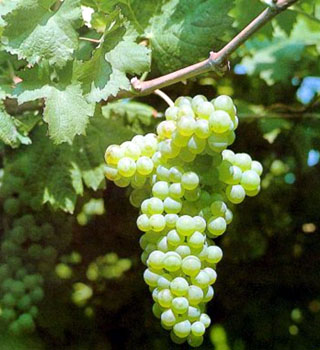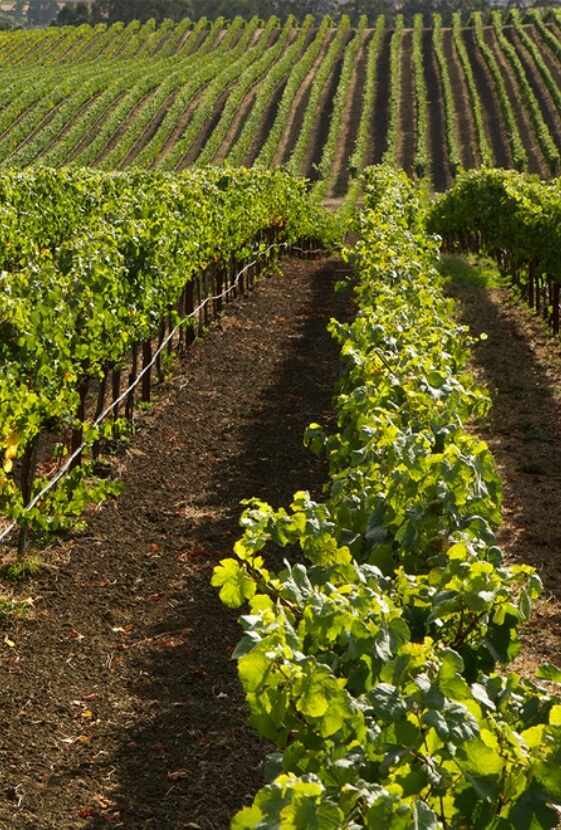
Grape Glossary
When blended – as is typical in Corsica – the usual partner is Ugni Blanc, but Vermentino is capable of standing on its own. In Italy it has three DOC appellations: Vermentino di Gallura, Vermentino di Sardegna and Vermentino Riviera Ligure di Ponente. Tuscany and Sardinia produce the most interesting versions. When cultivated with care, the vine yields big, ripe, deeply-colored wines with balance, substance and character. Vermentino is also produced in a semisweet version in Sardinia.
Vermentino is a warm climate vine of moderate to high vigor and productivity. The fruit is lightly aromatic, high in extract and moderately high in acidity. When harvested at peak maturity, the fruit loses some acid but is richer and more intense.
The origins of the Vermentino vine are not clear. It may be native to Spain, brought to the Ligurian coast of northwest Italy during the Middle Ages. It is also possible that a variant of Malvasia migrated from the island of Madeira to Spain and then to Corsica. Vermentino is widely planted along the Mediterranean coasts of France and Italy, from the Languedoc-Roussillon to southern Tuscany, and is an important vine on the islands of Corsica and Sardinia.

